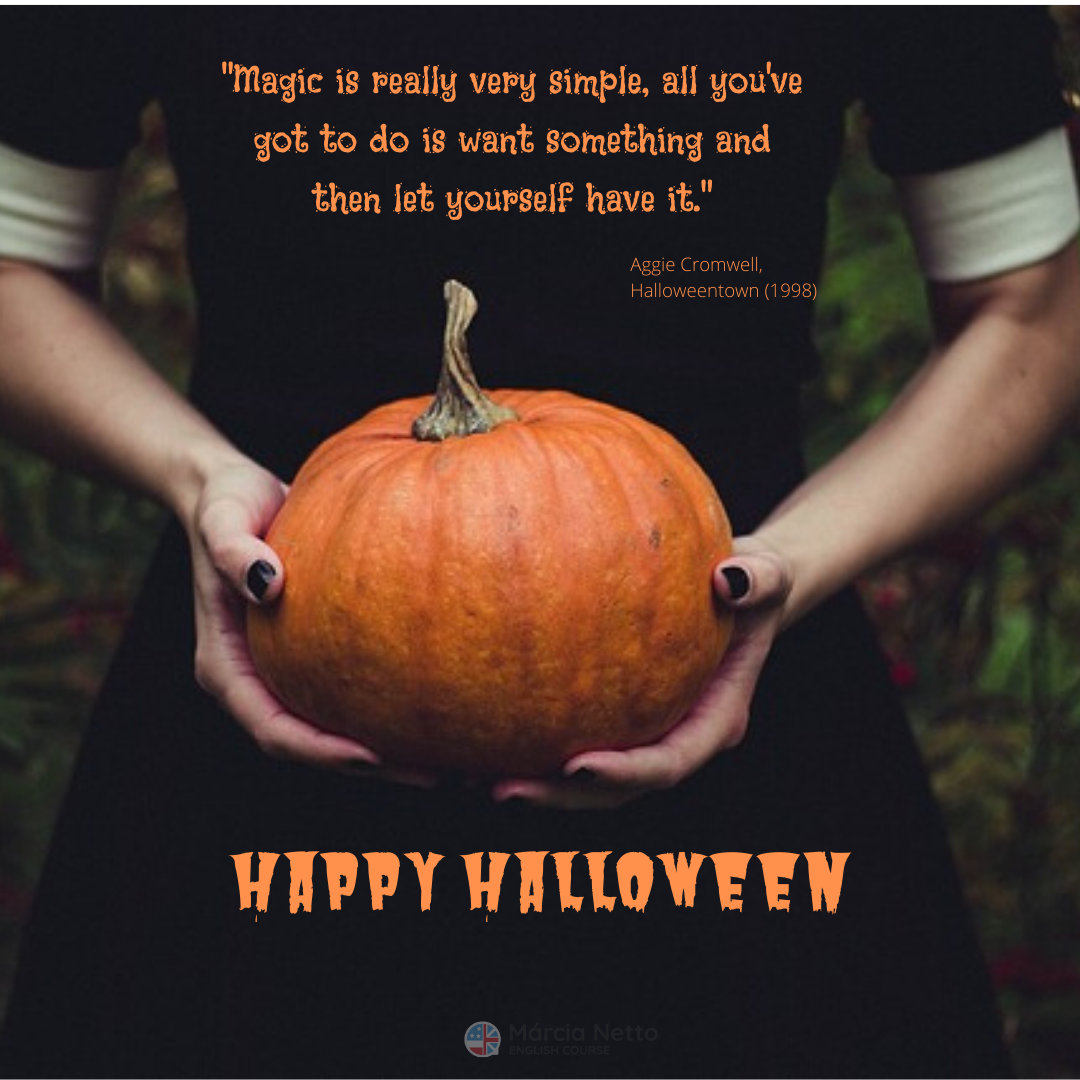Interesting Facts about Halloween

By Meghan Tankersley
October 31, 2019
Halloween is a celebration of all things spooky, and in the United States, it’s surrounded by a few odd traditions like trick-or-treating and pumpkin carving. Here are a few interesting facts about how some of today’s practices got started as well as other fun tidbits about the unique holiday.
1. Trick-or-treating comes from “souling”
Having children dress up in costumes and go door-to-door like little beggars demanding treats is kind of weird. Like several other Halloween activities, the tradition can be traced back to the Middle Ages and the rituals of Samhain.
It was believed that phantoms walked the earth on the night of Samhain, so people would dress up in costumes in an effort to repel the spirits.
As the Catholic Church started supplanting pagan festivals with their own holidays (like All Souls’ Day), the act of souling became popular, and poor children and adults would go door-to-door dressed as spirits accepting food in exchange for prayers.
2. Halloween folklore is full of fortune-telling and magic
Old English folklore about Halloween is full of superstition and fortune-telling that still lingers today, like bobbing for apples or avoiding black cats. One piece of folklore says that if a young unmarried person walks down the stairs backwards at midnight while holding a mirror, the face that appears in the mirror will be their next lover.
3. Day of the Dead should really be called Days of the Dead
The Day of the Dead, or Dia de los Muertos, takes place October 31 through November 2 in Mexico and a few other Hispanic countries. November 1st, Dia de los Inocentes, honors children that died, and family members decorate graves with baby’s breath and white orchids. On November 2nd, Dia de los Muertos, families honor adults who have died and place orange marigolds on grave sites.
The original Aztec celebration actually lasted a month long, but when Spanish conquistadors came over to Mexico in the 16th century, they merged the festival with the Catholic All Saints’ Day. Today’s celebration is a mix of both Aztec rituals of skulls, altars to the dead and food with Catholic masses and prayers.
4. Halloween originated from an ancient Celtic festival
According to History.com, the Halloween we know today can trace its roots back to the ancient Celtic end-of-harvest festival of Samhain. During Samhain, people would light bonfires and wear costumes to ward off evil spirits.
In the eighth century, in an effort to spread Christianity, Pope Gregory III decreed November 1 as All Saints’ Day and incorporated some of the rituals of Samhain. All Saints’ Day was also called All Hallows and the night before, when the traditional Samhain festival used to take place in Celtic regions, was called All Hallows’ Eve.
5. “Jack o’lantern” comes from the Irish legend of Stingy Jack
Legend has it that Stingy Jack invited the devil to have a drink with him, but Jack didn’t want to pay for the drink, so he convinced the devil to turn himself into a coin. Instead of buying the drink, he pocketed the coin and kept it close to a silver cross in his house, preventing the devil from taking shape again.
He promised to let the devil go as long as he would leave Jack alone for a year – and that if Jack died, the devil wouldn’t claim his soul.
After a year, Jack tricked the devil again to leave him alone and not claim his soul. When Jack died, God didn’t want such a conniving person in heaven and the devil, true to his word, would not allow him into hell.
Jack was sent off into the night with only a burning coal to light his path. He placed the coal inside a carved-out turnip and has been roaming the earth ever since.
People in Ireland and Scotland began creating their own creations of Jack’s lanterns out of turnips, beets and potatoes. The tradition traveled to the United States along with the immigrants and people began to use pumpkins, native to North America, for the lanterns instead.
